White musk Production method: synthesis Olfactory group: animalistic; subgroup: musky Position in the olfactory pyramid: upper, middle and base notes Modern perfumery is unthinkable without the use of white musks, and they themselves have nothing to do with natural musk obtained from musk glands of musk deer. Unlike the natural musk of musk deer, white musks have a soft, clean, velvety aroma. They can have floral, soapy, fruity, animalistic and balsamic shades that cannot be considered significant enough to form an appropriate chord on their own. White musks include galaxolide, sylvanone supra, ethylene brassilate, helvetolide, gabanolide, exaltolide, romandolide and others. However, the name "white musk" was assigned to a mixture of galaxolide and helvetolide in a certain proportion. Although white musks have a relatively neutral, quiet aroma, they can increase the diffusivity of the composition, its durability, as well as modify the upper and middle notes of the fragrance (epplid, romandolid, helvetolid, galaxolid).

0%

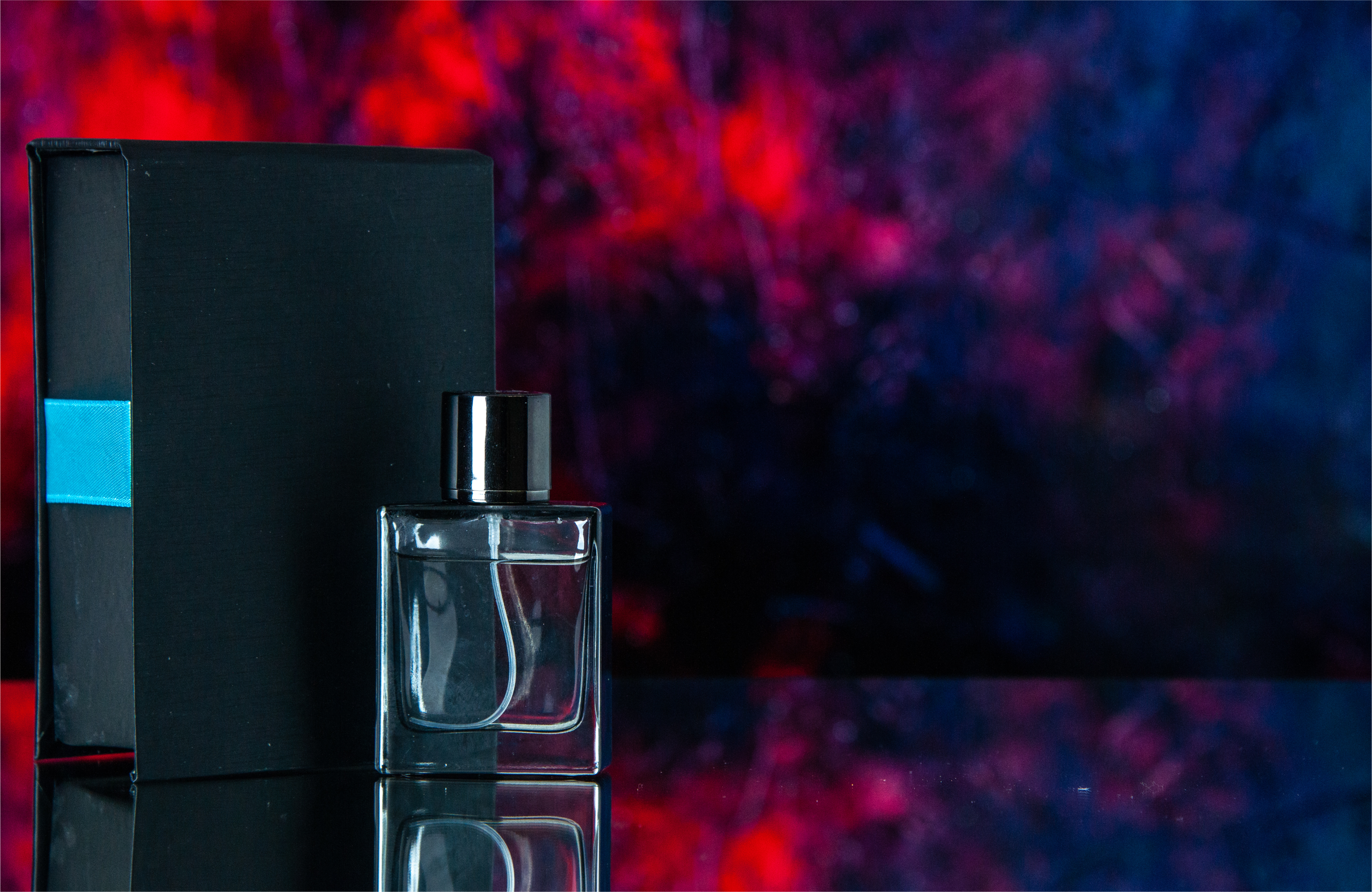



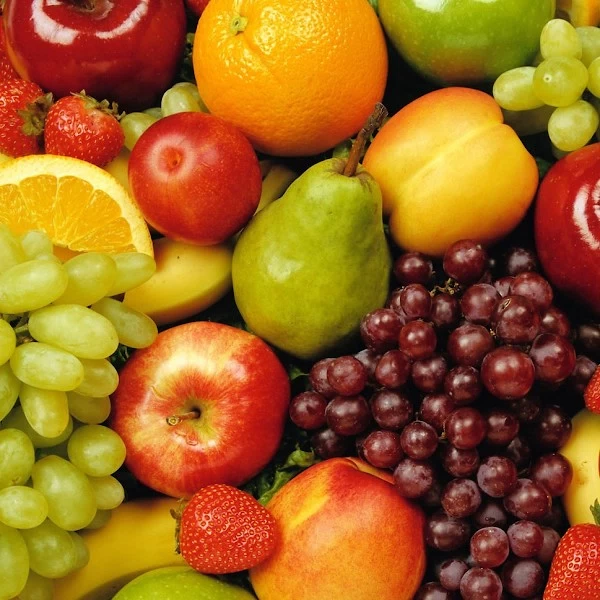
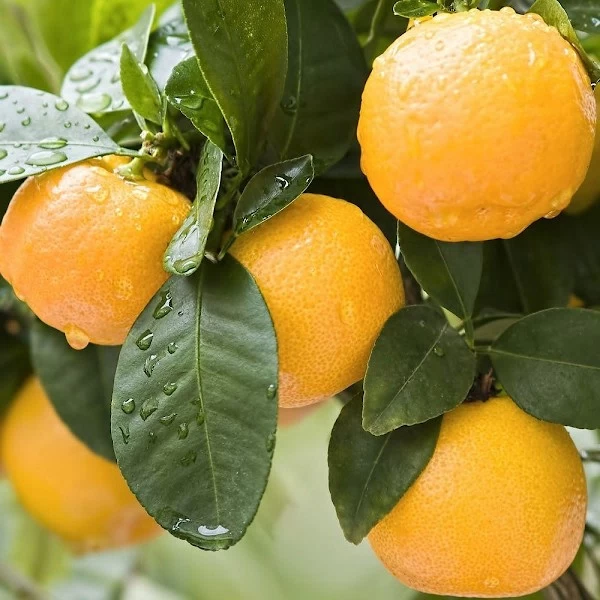
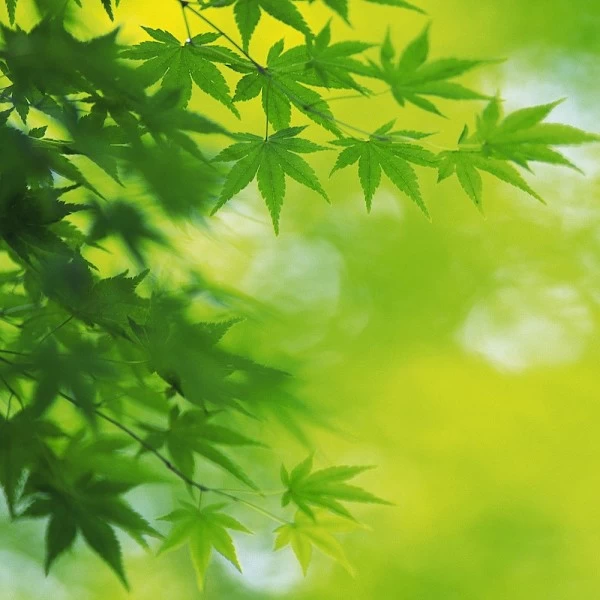


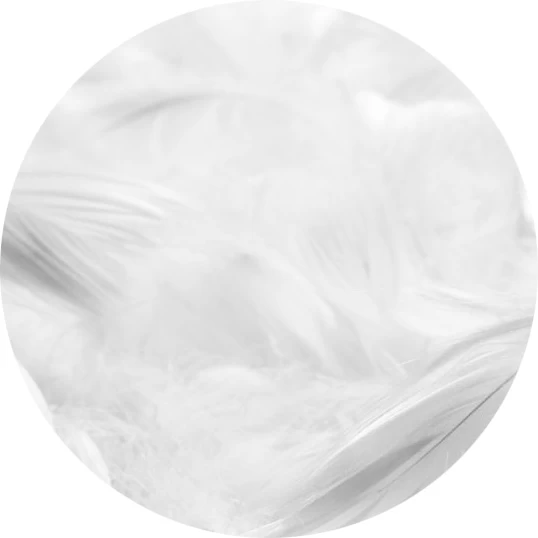
.svg)
